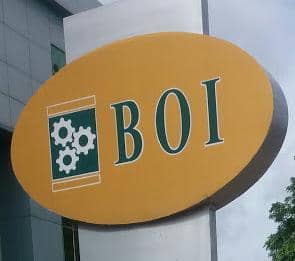The media have become ubiquitous in our daily lives. Big corporations can not function effectively and efficiently without them. Likewise, firms and small businesses need the media, as do high networth individuals. Indeed, ministries, departments and agencies of government need to inform the elctorate about what they are doing, how they are doing them and what they intend to do, in the spirit of accountability. In addition, the high incidence of fake news on social media platforms and blogs makes it imperative for individuals to acquire media literacy to navigate the deluge of information that is available. However, it is obligatory for personnel in the public affairs office, those saddled with improving service delivery, to have a more than a working knowledge of how the media operate, how to access them and leverage their facilities. In fact, they need a multifaceted approach that considers both internal and external factors in order to succeed.
First, it is essential for a public affairs personnel to understand his or audience as this will determine which medium to use to communicate his or her message. For example, if the messaging is about public health like the need to check the spread of malaria by maintaining environmental sanitation and the use of insecticide-treated nets, it is best to use radio because of its reach and penetration. Besides, the target audience are people in the lower rung of the society who require that kind of sensitisation. In addition, it is also essential to understand the needs and preferences of the audience because this will help in tailoring services and communications to meet their needs effectively.
Significantly, before crafting some messages, it is important to sometimes conduct surveys by hosting focus groups or holding town hall meetings, to gather information, especially if the sensitization is about something novel or a product that is new. For instance, at the height of Covid-19 pandemic, there were all sorts of conspiracy theories about the vaccine. A communication official in the public health department needs to conduct surveys to determine what the people’s are regarding the safety of the vaccine. Afterwards, he or she can design messages that will address those concerns. In addition, the channels of communication should be carefully selected in order to allay such fears.
Similarly, organisations should invest in technology improve staff efficiency and in businesses, this will enable firms to offer new services to clients. The need for a strong information technology tools and very high connectivity will enable staff to keep abreast latest trends in the industry and improve services. Online marketing has become the vogue as customers or clients can make orders and deliveries are done on the net. Regularly measuring and evaluation of service delivery to identify areas for improvement, should be done. The use of metrics such as customer satisfaction ratings and response times to monitor performance and identify areas of improvements should be emphasized. Providing timely updates and feedback, and ensuring that all communication channels are working effectively, are essential. Companies should ensure that their clients are aware of their services, how to access them, and what to expect.
Advertisement
Besides technology, businesses should consider implementing a customer relationship management (CRM) system, which can help them manage effective and efficient interactions with clients. They should establish partnerships with other organizations and stakeholders to enhance their services and reach a wider audience. They should collaborate with community organizations, businesses, and government agencies to identify common goals and work towards achieving them.
Above all, staff training is very essential in learning, unlearning and re-learning new skills in the industry. This will encourage collaboration and versatility in either public service, the private sector or even in non-governmental organisations. Besides, improvement in both written and verbal communication are important in the overall process of image making, marketing, sensitization and advocacy. Indeed, this is one of the most important building block of an effective media and public affairs engagement in every organisation.
Advertisement
Views expressed by contributors are strictly personal and not of TheCable.
Add a comment







